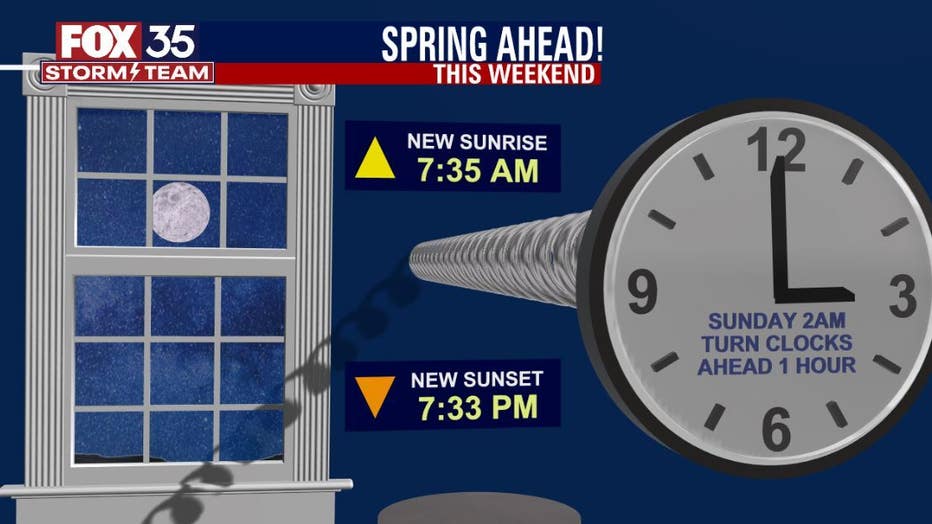


Summer Solstice time ends on Sunday, November 4, 2018, also at 2:00 am DST.įor those who go out at night, some bars and restaurants are open at this extra hour, to honor the new time change. When Does Daylight Saving Time End in 2018? This means that clocks must be turned back one hour at 2:00 AM, starting winter time, which is called Fall Back or Winter Time. In the year 2019, the Summer Solstice time ends on Sunday, November 3, daylight savings – also called Spring Forward or Summer Time in the United States. When Does Daylight Saving Time End in 2019? It means that they do not adopt the practice, which aims to reduce energy with the best use of natural light. It is worth remembering that, in addition to territories such as Puerto Rico and the Virgin Islands. Therefore, for those who check the time on smart phones, there is nothing to worry about: the adjustment on these devices will be automatic. This means that the clocks will be set back one hour. On the first day of November, Summer Solstice time ends in America at 2:00 am on Sunday (1st). When Does Daylight Saving Time End in 2020? The time changes at 2am on the morning of the 7th. This means that the first Sunday after Halloween marks the end of daylight savings in the United States and clocks must be turned back one hour. UTC was defined by the International Radio Consultative Committee (CCIR), a predecessor organization of the ITU-TS, and is maintained by the Bureau International des Poids et Mesures (BIPM).When Does Daylight Saving Time End in 2021?įor the year 2021 daylight saving time ends on November 7th. UTC is used in plane and ship navigation, where it also sometimes known as Zulu. The UTC is based on an atomic clock to which adjustments of a second (called a leap second) are sometimes made to allow for variations in the solar cycle.Ĭoordinated Universal Time is expressed using a 24-hour clock but can be converted into a 12-hour clock (AM and PM). The 180th meridian is also called the International Date Line.) The prime meridian is arbitrarily based on the meridian that runs through the Greenwich Observatory outside of London, where the present system originated.

There are 179 meridians toward the East and 179 toward the West. (The prime meridian is 0° longitude in the 360 lines of longitude on Earth. Formerly and still widely called Greenwich Mean Time (GMT) and also World Time, UTC nominally reflects the mean solar time along the Earth's prime meridian. Coordinated Universal Time (abbreviated as UTC, and therefore often spelled out as Universal Time Coordinated and sometimes as Universal Coordinated Time) is the standard time common to every place in the world.


 0 kommentar(er)
0 kommentar(er)
